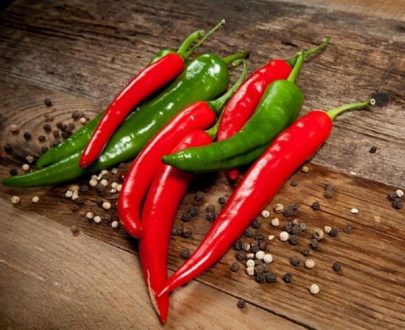Kale 1000 headed Seeds 25g
This is a continuous growing and hardy crop that is tolerant to cold temperatures. It is an indeterminate variety produced by the Dizengoff Company.
It has a thick stem with big leaves that are dark green, smooth, and attractive.
Characteristics of Kale 1000 headed Seeds 25g
- It is a leafy product with continuous picking
- Matures between 90 days to 100 days from planting
- Indeterminate, very hardy product with the ability to recover easily
- Yield potential 8 tonnes per acre
- Possess a long picking period
- Dark green coloured leaf
Benefits of Kale 1000 Headed Seeds
- It may support immunity
- It can be used as a feeder for animals
- The plant is easily digestible
- Kale is grown for its leaves and not its flowers
Growing Kale 1000 Headed Seeds
Like cabbage, kale grows best when well-fed.
Add plenty of compost to the ground before planting and if your soil isn’t especially rich, top up its fertility by applying a balanced organic fertilizer a week or two before planting.
Kale needs room to develop properly. It’s better to start plants off in plug trays or small pots.
- Fill trays or pots with multipurpose potting soil. Firm it in with your fingertips then make holes about 1 cm deep. Sow two seeds per hole and water. Should two seedlings grow remove the weaker of the two.
- Then, about a week before planting, start moving plants outside so they can acclimatize. Leave them out for gradually longer periods until they’re staying out all day and night.
- Space the young plants about 45 cm apart. Dig a hole, pop the plant in, and backfill with soil. Thoroughly water once you’re done.
- Keep plants well watered and weeded, as they settle in and establish. Remove damaged or yellowing leaves as they appear.
- Kale tends to be less prone to the catalog of pests and diseases that afflict other cabbage family crops. Nevertheless, it’s worth taking a few precautions against possible attack.
- Slugs sometimes prove a nuisance in wetter climates but they are easily picked off by hand and you can always set slug traps to limit their numbers. If you find that pigeons are tearing at the leaves then install barriers of netting supported on.
- To harvest, pull or twist leaves down and away from the plant, or use a knife to cut the leaves off. Harvest every few days by taking one or two leaves from each plant so that the central inner rosette of leaves remains untouched.
















Customer reviews
Reviews
There are no reviews yet.
Only logged in customers who have purchased this product may leave a review.